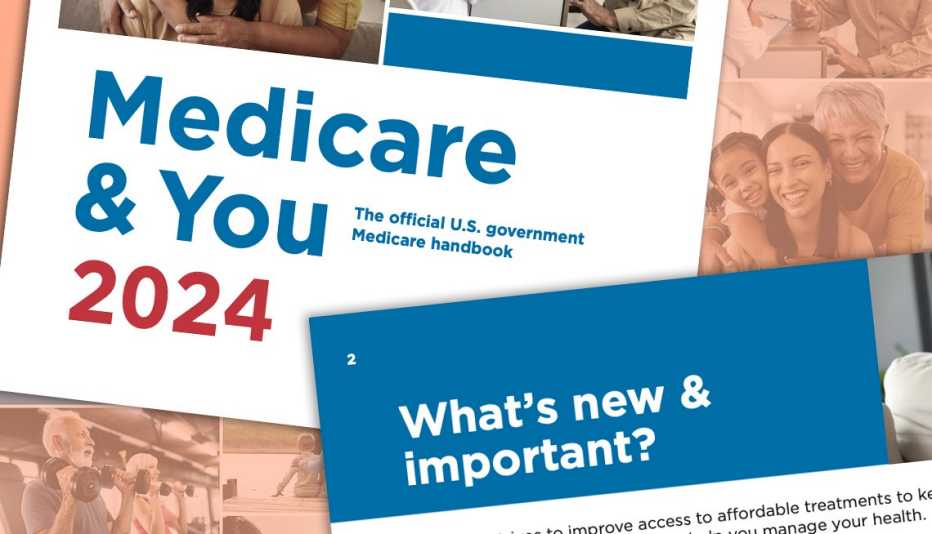AARP Hearing Center


For more recent information, see 7 Medicare Changes You'll See in 2025.
What’s new for Medicare beneficiaries in 2024? A lot — including changes that expand care and make coverage more affordable.
For starters, Medicare’s more than 65 million enrollees will continue to feel the positive effects of 2022’s historic drug law aimed at curbing what older Americans pay for prescription medications. At the same time, beneficiaries will face higher premiums and deductibles for their medical care.
The face of Medicare continues to shift as an increasing number of people (more than 50 percent) are enrolled in Medicare Advantage (MA), the private insurance alternative to original Medicare. With the increase in popularity of MA plans will come new requirements on those insurers, including added behavioral health coverage, a standard commission that brokers and insurance agents get for signing people up for an MA plan, and a mandate that plans let consumers know midyear what extra benefits they are still entitled to use.
Also in 2024, the Centers for Medicare & Medicaid Services (CMS), the agency that runs Medicare, will continue its efforts to better coordinate the care that original Medicare enrollees receive.
“I think there are some pretty big changes to Medicare to really make care more affordable and accessible,” Meena Seshamani, a surgeon, health economist and director of the federal Center for Medicare, told AARP in an interview. “And that’s coupled with changes that we’re making to the program to make sure that people are taken care of as real people.” Seshamani reiterated the agency’s goal of by 2030 having all Medicare beneficiaries enrolled in organizations that coordinate the quality and cost of all their care. Those organizations include the growing number of accountable care organizations (ACOs) that coordinate Medicare beneficiaries’ care.
“When people have a serious illness, it can be really daunting to navigate all of the doctors and the prescriptions and the lab tests and imaging,” Seshamani says. To help providers better coordinate such care, beginning in 2024 Medicare will reimburse providers for helping patients navigate their health care, especially when facing a complicated illness. This change, Seshamani says, will help keep people healthy and save Medicare money. Medicare will also begin paying providers to train family caregivers to better help their loved ones.
Seshamani also pointed out ways beneficiaries will be able to spend less on their health care to help offset higher premiums. “There are changes that are coming in 2024 that people will feel in their pocket with the changes in the drug law,” she says. These include expanded eligibility for the Extra Help program, which helps beneficiaries with low incomes afford their prescription drugs. The new law in 2024 also places limits on how much enrollees with high medication costs will have to pay out of pocket.
Here’s a closer look at how Medicare is changing in 2024:
Premiums and deductibles
Part A: Most Medicare enrollees do not pay a monthly premium for Part A, which covers inpatient hospital, skilled nursing facility, hospice and some home health care services. If you haven’t worked long enough to qualify for premium-free Part A, that monthly premium is little changed. The full Part A premium will be $505 a month, a $1 decrease from 2023.
For 2024, the Part A deductible will be $1,632 per stay, an increase of $32 from 2023. Beneficiaries with Medicare Advantage plans should check with their insurer for hospital charges.



































































More on Medicare
10 Things You Didn’t Know About Medicare
How the program works for older adults and those with disabilities10 Things to Know About Medigap Plans
Your guide to buying Medicare supplemental health insurance
Ads on Medicare Advantage About to Flood TV Market
Celebrity pitches often confuse older consumersRecommended for You